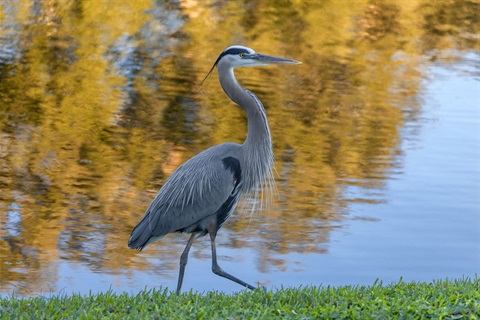Wildlife Preservation

Here you will find information about Gopher Tortoises, Scrub Jays, exotic/invasive species, and more. State and Federal information can be found here for North Port's protected species along with permitting information. You can find more information on trees and the environment on our Tree Removal & Arborist Services page.
Let us know what wildlife you encounter throughout the City of North Port. Knowing what wildlife we have and where they are located help us best protect vulnerable species.
Report Wildlife
Additional Contacts and Resources
South District Office (Florida Department of Environmental Protection, Fort Myers)
(239) 344-5600
Office of Beaches and Coastal Systems (Florida Department of Environmental Protection, Tallahassee)
(850) 245- 7669